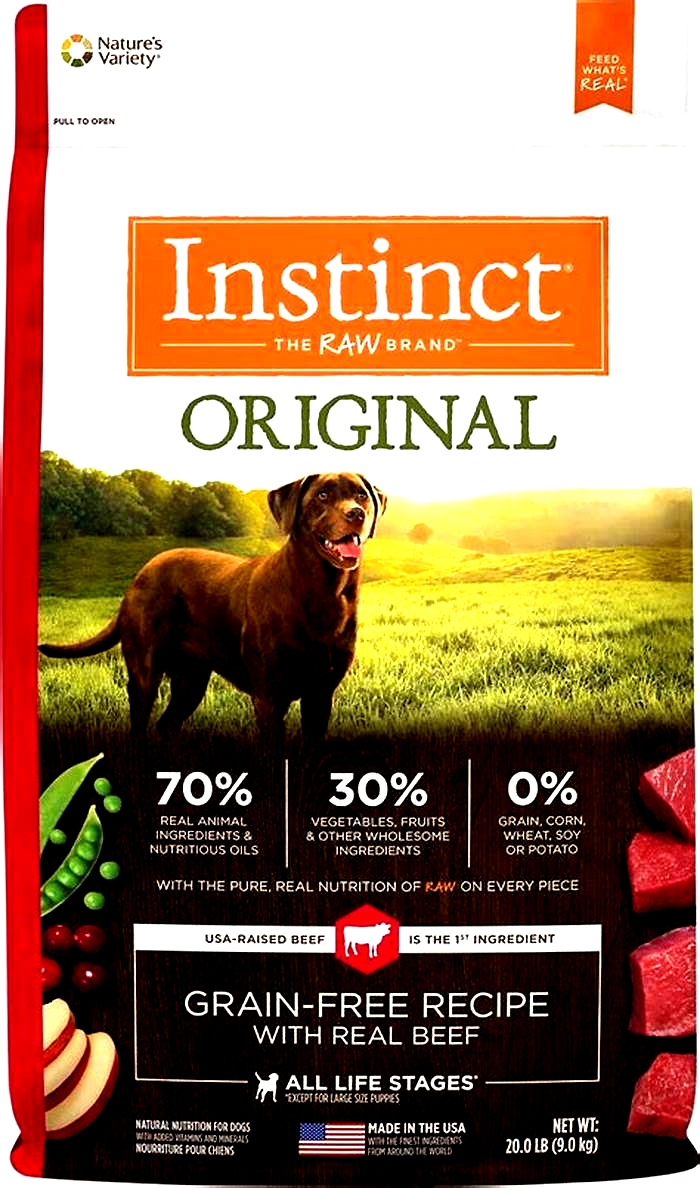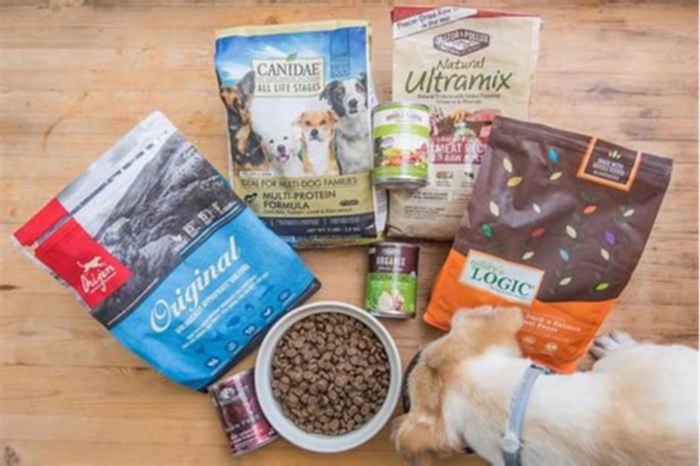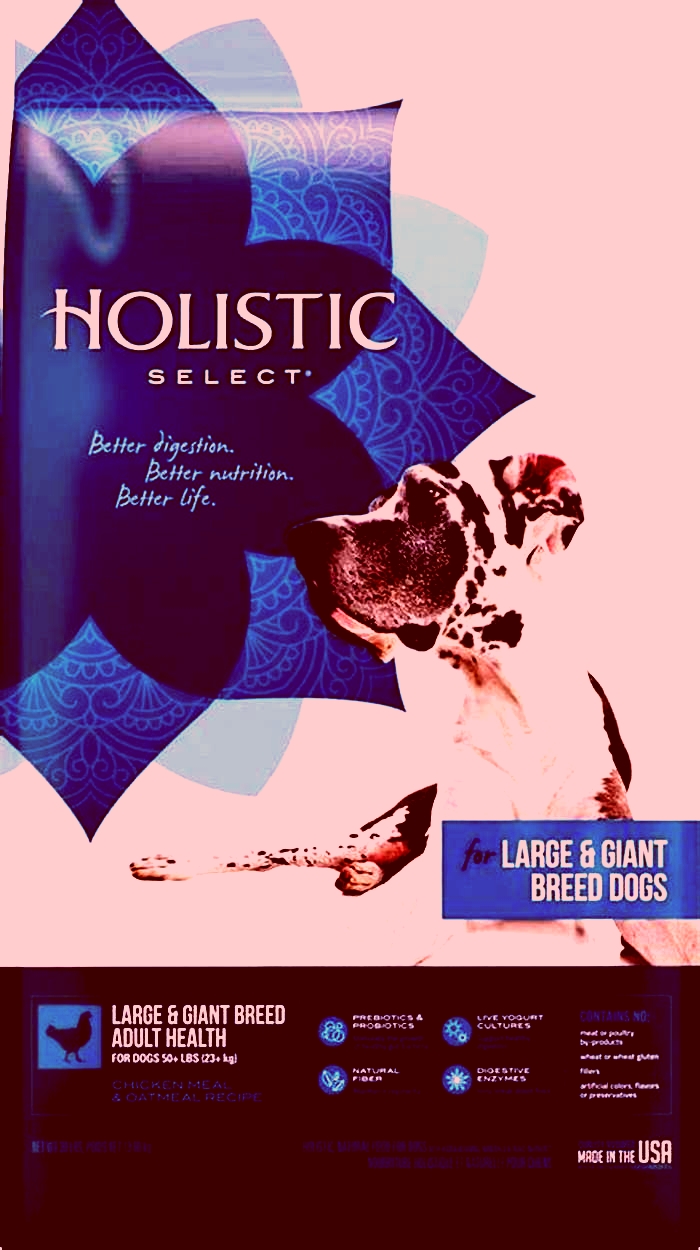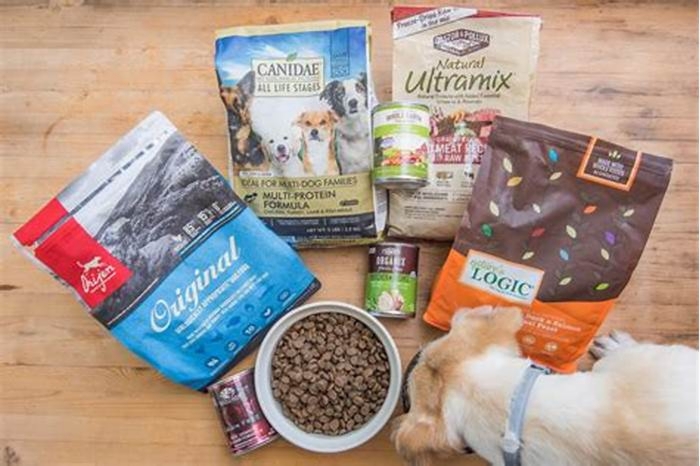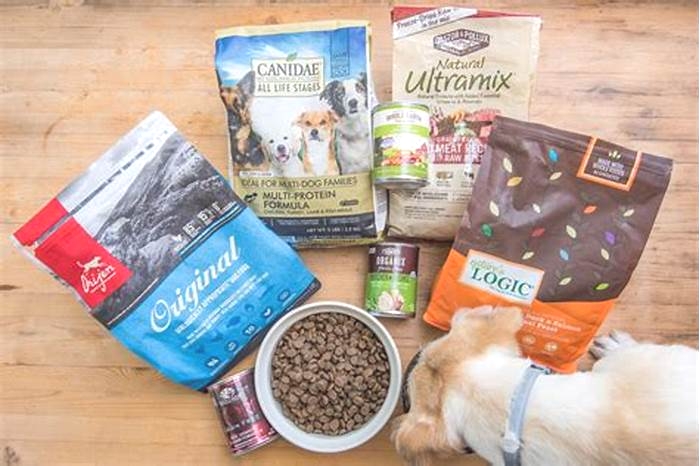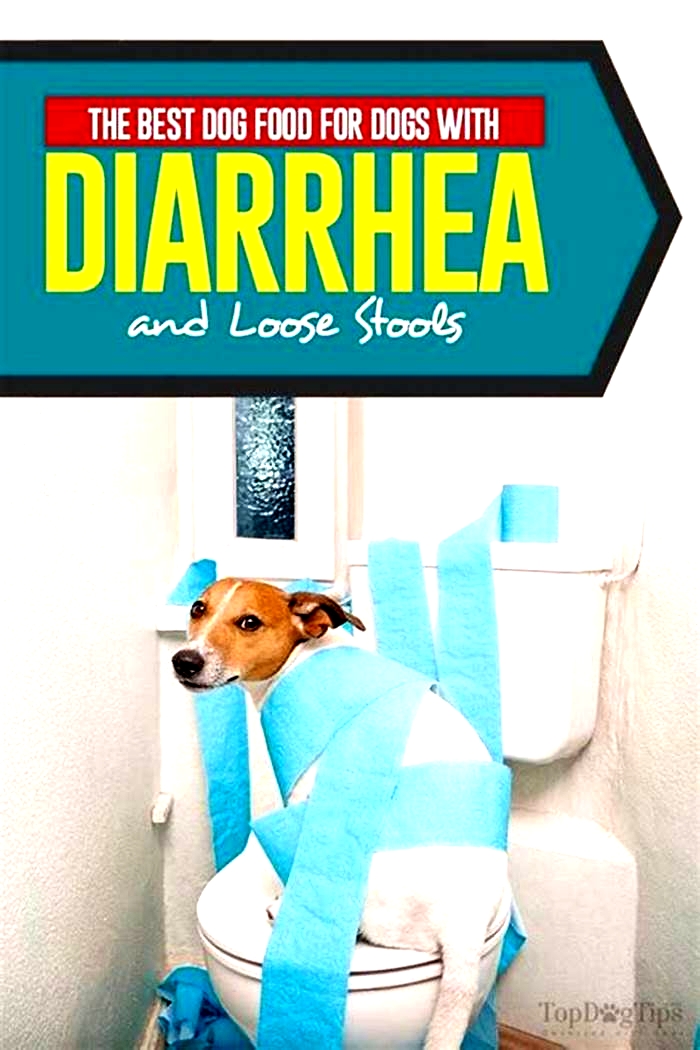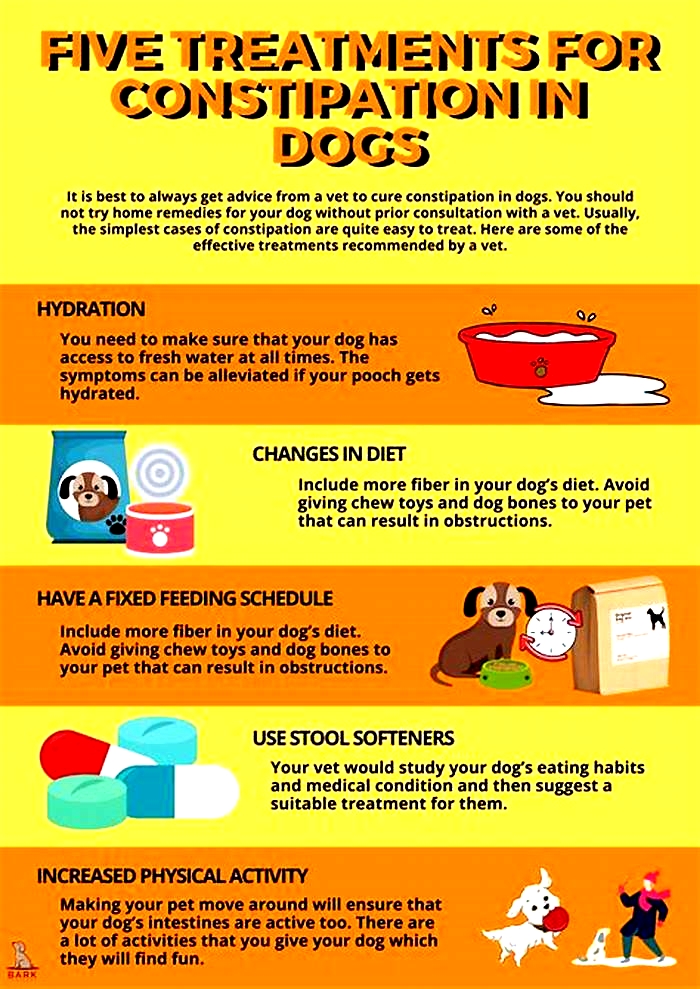best dog food for epi dogs
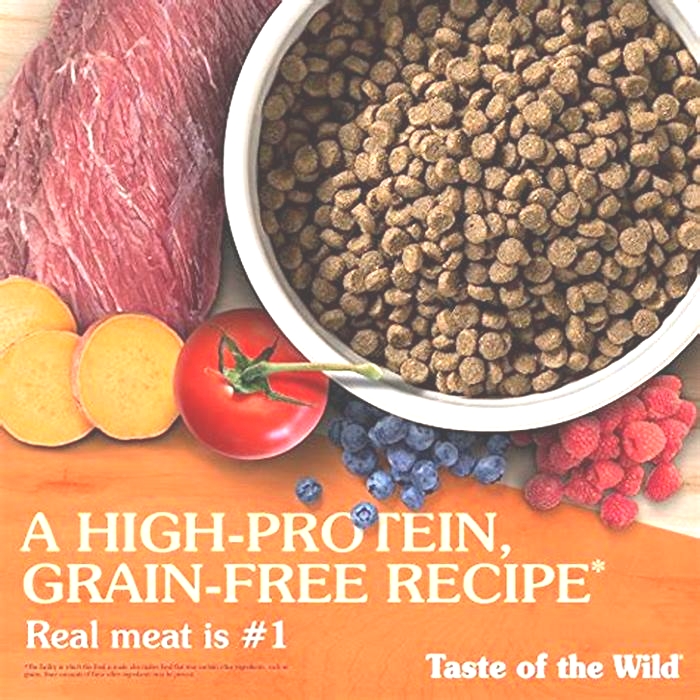
The body is such a cohesive machine,that once one aspect is not working properly (such as a lack of nutrient absorption) that it can trigger a multitude of other dysfunctions, whether genetically or environmentally. For example, a lot of people ask about fat.
Previouslywe suggested that the easiest way to address the fat content is when the dog is initially diagnosed with EPI restrict the fiber content to 4% AND restrict the fat content to 12% (temporarily). and then once the dog is producing good poops and has been for a few weeks. try to slowly increase the fat content in the meal. If the poops remain normal,you most likely can feed your EPI dog normal or almost normal amounts of fat as long as the dog is receiving the enzymes.
However.. now the recommendation is.to start with fiber restriction as stated above, but tofeed normal amounts of fat that is in any dog food.If diarrhea occurs and other EPI causes have been ruled out, then try a reduced fat diet because you might be dealing with EPI + another concurrent condition that needs the fat restricted diet (Sometimes dogs with IBD cannot handle a lot of fat, or dogs with Diabetes or dogs that developed EPI from end stage Chronic Pancreatitis). If you have to restrict the fat intake.try to supplement the diet withcoconut oil and/or salmon or krill oil as these are medium chain triglycerides, digested differently from long chain fats that is in animal fats and easier to digest. Bodies do need fat, but sometimes you have to be careful what type of fat is given, especially if there is also a concurrent condition. With an EPI dog, it is usually (but not always!) the fiber content that when low, the dog does better . If using commercial foodstry using foods with 4% or less fiber content.
In the end, these ratiosare just suggestions andshould be adjusted to your individual dogs tolerance (determined by the firmness and color of their stool). After using this as a guideline, you will discover over time if your dog can toleratehigheror lowerpercentages of fiber and/or fat/ chicken/no chicken/peas / no peas. keep a journal, as it just might save your sanity!!!!
Once you understand the fat and fiber content of foods. when first starting to manage your EPI dog. if using commercial food, it is probably best to start with a low fiber content food located in the grain-free food section (although the term grain-free is a misnomer!) Please ALWAYS read the actual ingredients, no matter what the label claims. There are many low fiber content foods on the market now . Start with a guideline of trying foods with 4% or less of fiber content noted in the ingredients- -keep a journal, watch the results (poo). Observe the frequency, volume, texture and color or the poo. Use this as your starting point and adjust accordingly from here.
If using dry kibble or canned food, start with foods made with potato (sweet) or tapioca as they appear to work better with most, although not all, EPI dogs.
1/2 to 1 teaspoon of canned pumpkin is usually good to add to the food for EPI dogs, especially if the grain free does not seem to be working as well as you think it should it might mean that your dog needs a little bit of the right kind of fiber and pumpkin is a good fiber to start with.
If you decide to feed raw food or home-prepared food be sure to include (1) bone or bone meal and (2) a quality dog vitamin to make sure you cover the dogs vitamin and mineral requirements. UPCO has a porcine bone meal, purchased on-line from Amazon.com for approximately $12 for one pound of bone meal. For vitamins, VetriScience Canine Plus is decent. however there are many other good bone meal and quality dog vitamins. Or just ask your vet for recommendations.
Or if/when preparing homemade meals for your dog, use a recipe that uses ingredients that provide all the necessary vitamins and minerals without having to add supplements. (please see this page for home-prepared meals: https://epi4dogs.com/diet-raw-home-prepared-recipes/)
As you are probably beginning to gather there is no perfect diet for all EPI dogs. And yet, finding the right diet seems to be one of the 4 cornerstones of effectively managing EPI.
FYI Automaticallywithholding fat because the dog has EPI, or withholding fat from any dog for that matter,without necessity may be detrimental to the dogs overall well-being, from skin condition to properly maintaining body and brain functions.per EPI: Diagnosis & Treatment by J Enrique Domnguez-Muoz,pub Feb 16, 2011 it was demonstrated in an experimental model of pancreatic exocrine insufficiency in dogs that fat digestion and absorption was higher when enzyme supplements were taken together with a high-fat diet compared with a low-fat diet.10As a consequence, fat restriction should no longer be considered as a rule in the management of patients with pancreatic exocrine insufficiency. This is why one should, after a time on the pancreatic replacement enzymes, try to determine what your dogs fat tolerance is how much fat your EPI dog can actually handle.
How To Manage EPI In Dogs
If your dog seems unusually hungry but is losing weight, he could have a malabsorption problem. Malabsorption means hes not able to absorb the nutrients from his food. There are several conditions that can cause this, and one common one is EPI exocrine pancreatic insufficiency. Heres some background on EPI in dogs, and how to recognize and treat it.
What Is EPI In Dogs?
EPI stands for exocrine pancreatic insufficiency. Its a serious condition and if you dont deal with it, it can eventually lead to starvation. But fortunately, in most cases, its not difficult to treat.
As the name suggests, EPI is a disorder of the exocrine function of the pancreas. The pancreas has two functions endocrine and exocrine. The endocrine pancreasproduces key hormones like insulin and glucagon, which control blood sugar levels. But theexocrine pancreasis an important part of your dogs digestive process.
The exocrine pancreasproduces bicarbonate that neutralizes acid gastric juices, and digestive enzymes that help with digestion. These are some of the enzymes that break down the food so your dog can absorb it.
- Protease digests protein
- Lipase digests fat
- Amylase digests starches
So, if the pancreas doesnt produce these enzymes, your dogs body cant obtain nutrients from the food. Over time, if its untreated, EPI can cause organ failure and eventually, death.
Keep EPI in mind if your dog has chronic loose stools or diarrhea. Your vet may think ofparasites, bacteria or other causes first so if you suspect EPI, ask your vet to test for it (seeDiagnosisof EPIbelow).
Signs Of EPI
Clinical signs of EPI usually only show up when 90% of exocrine pancreatic function is already lost. Some common symptoms of EPI are:
- Ravenous appetite but losing weight
- Eating poop or trash
- Chronic loose stools or chronicdiarrhea
- Flatulence
- Bulky, oily looking stools (steatorrhea)
- Rumbly stomach (borborygmi)
- Vomiting
In advanced cases your dog may become weak and lethargic, and he could lose interest in walks or other activities.
Other Causes Of Malabsorption
EPI isnt the only reason for malabsorption, so if you see the above symptoms you may need your vets help to rule out other possibilities like
Note: SIBO is common as a secondary effect of EPI, because of undigested food in the small intestine. About 80% of dogs with EPI also have SIBO, according to the Merck Veterinary Manual (1).
Causes Of EPI In Dogs
The most common reason for EPI indogs is pancreaticacinar atrophy. Its a degenerative autoimmune disease thats common in German Shepherds, Rough-Coated Collies, Chows, and Cavalier King Charles Spaniels (2), so if you own one of these breeds, be aware of the symptoms so you can identify EPI early. Signs of malabsorption can appear before your dog is 4 years old.
Chronic pancreatitis can also lead to EPI. In a few cases, diabetes may develop before EPI.
Diagnosis Of EPI
To confirm an EPI diagnosis, your vet can do a test called canine serum trypsin-like immunoreactivity (cTLI) (3). This test measures trypsin released by the pancreas into the bloodstream. Low values on this test, meaning under 2.5 g/L (micrograms per liter), usually confirm an EPI diagnosis (4).
This is a fasting test so your dog shouldnt eat for 8-12 hours before your vet draws the sample.
Treatment Of EPI In Dogs
This is one situation where conventional treatment is the same as holistic treatment of EPI in dogs. Feeding pancreatic enzymes or raw pancreas is the first step
Pancreatic Enzyme Supplementation
Giving your dogpancreatic enzymes(or raw pancreas see below) compensates for your dogs inability to produce enzymes. A powdered pancreatic enzyme supplement may use porcine enzymes, or, if your dog doesnt tolerate pork well, look for bovine enzymes. These usually come in a powder to be added to food.Some of the powders also contain lipase, amylase and protease to help digest fats, carbs and proteins. You can use products packaged for people too.
The usual dosage is 1 tsp powder per 10 kg body weight with each meal. As your dogs symptoms improve, you can lower the dose until you reach an effective level. However, keep a close eye on your dog, because different enzyme batches can vary and produce different results.
How To Feed Pancreatic EnzymesYou should incubate the powder before feeding. That means you need to add some water and keep it at room temperature for 20 to 60 minutes before feeding. Add it to your dogs regular meal. If you dont incubate the powder, the enzymes may cause mouth bleeding or sores. If that happens, reducing the dose usually resolves the problem.
Raw Pancreas
Feeding raw pancreas (usually pork, beef or lamb) can have the same effect as the powdered pancreatic enzymes, so if you can get it, you may want to substitute this food solution. TheMerck Veterinary Manualadvises that 1 to 3 oz of raw pancreas can replace 1 teaspoon of enzyme powder. You dont need to incubate raw pancreas just add it to your dogs food. Its important not to cook the pancreas because heat will kill the enzymes.
Probiotics
Probiotics have an important role inmanaging your dogs EPI and helping balance his gut bacteria. Feed your dog probiotic-rich foods like fermented veggies or give high qualityprobioticandprebioticsupplements. Prebiotics help feed probiotics and make them more effective.
But if your dog also has SIBO, theres something important you need to know
The Right Probiotics For SIBO
If your dog has secondarySIBO(which happens in about 80% of dogs with EPI), its essential you give the right kind of probiotics. SIBO is an overgrowth of bacteria into the upper small intestine where it disrupts absorption of nutrients.
Most probiotics will start working in the small intestine, where theyll feed the small intestinal bacteria and that makes SIBO worse.The special type of probiotic you need is asoil-based probiotic(SBO). SBOs have a protective layer that helps the probiotics reach the colon, where it needs to do its work helping to balance the good bacteria.
What To Feed A Dog With EPI
Some EPI dogs have food intolerances, so you may need to try different foods.A raw dietis best for most dogs with EPI, because it delivers natural live enzymes.Its a good idea to feed smaller, more frequent meals as theyre easier on your dogs digestive system.
Track Nutrient Absorption
Ask your vet to monitor your dogs nutrient absorption in future. He may need some extra nutrients, because, according to the Merck Veterinary Manual, over 80% of EPI dogs are deficient in cobalamin (vitamin B12) (1). B12 is especially important as it improves treatment results for dogs with EPI. And if B12 is too low, your dogs EPI treatment may not be successful. Some EPI dogs may also lack nutrients like zinc, or vitamins E or K.
Does EPI Shorten A Dogs Life?
The good news is that if you identify EPI and treat it, your dog should have a normal lifespan and activity levels. The Merck Veterinary Manual says that even though loss of pancreatic acinar tissue is irreversible, with appropriate management and monitoring, these animals usually gain weight quickly, pass normal feces, and can live a normal life for a normal life span. (1)
So most dogs with EPI will do very well with these dietary changes, and theyll even put on weight and have normal poops again!
References
1. Jorg M Steiner DVM DACVIM DECVIM-CA, AGAF.Exocrine pancreatic insufficiency in dogs and cats.Merck Veterinary Manual. October 2020.
2.Batchelor DJ, Noble PJ, Cripps PJ, Taylor RH, McLean L, Leibl MA, German AJ.Breed associations for canine exocrine pancreatic insufficiency.J Vet Intern Med.2007 Mar-Apr;21(2):207-14.
3. Thomas Spillmann, Dipl Vet Med. Canine Pancreatitis: From Clinical Suspicion to Diagnosis and Treatment.World Small Animal Veterinary Association World Congress Proceedings, 2007.
4. JA Morgan DVM, LE Moore DVM DACVIM.A quick review of canine exocrine pancreatic insufficiency.DVM360, August 31 2009.

